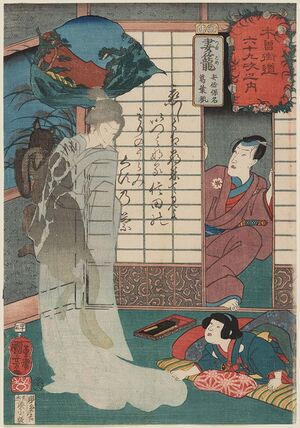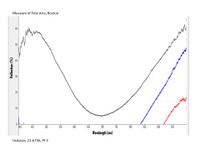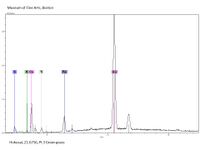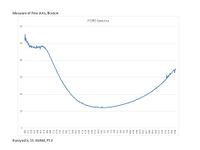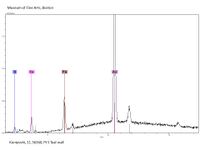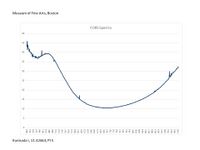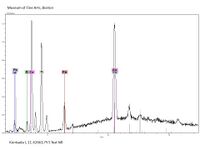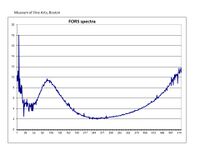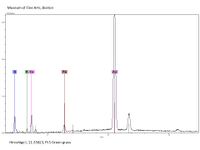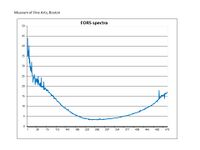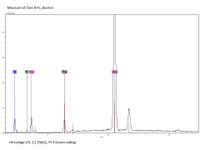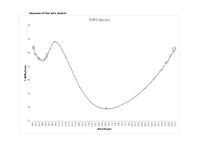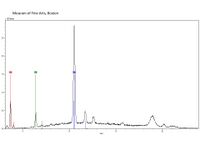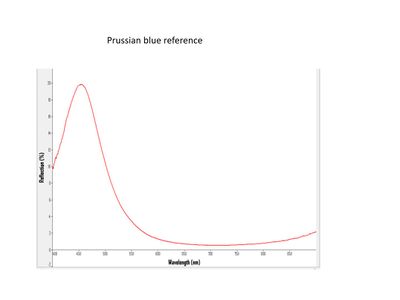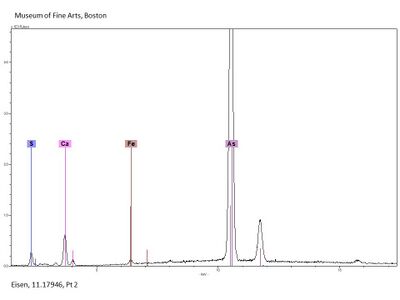Prussian Blue/Orpiment: Ukiyo-e colorant
Prussian blue + Orpiment: Green is achieved by mixing or overprinting a blue and a yellow colorant. By altering the proportions of each, a wide variation of greens could be obtained. While the most frequently found green is indigo + orpiment, Prussian blue + orpiment is found after the introduction of Prussian blue into the palette of ukiyo-e prints in the 1830s.
For additional information see: Prussian blue, Orpiment
Examples of Prussian blue + Orpiment in Ukiyo-e Prints
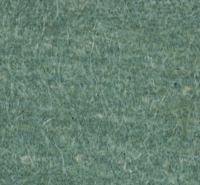
|
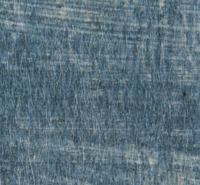
|
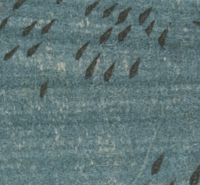
|
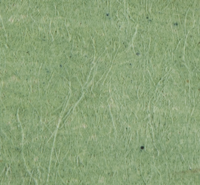
|
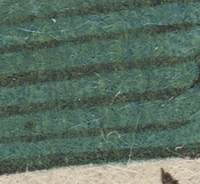
|
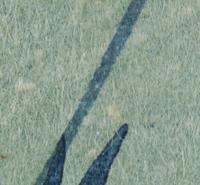
|
Analysis
Fiber optic reflectance spectroscopy (FORS) is used to identify Prussian blue and X-ray fluorescence analysis (XRF) is used to detect arsenic (As) and sulfur (S), which is an indication of the presence of orpiment (As2S3). For more information, please see the individual colorant pages, Prussian blue and orpiment.
List of Prints
Below is a list of prints where Prussian blue + orpiment was detected.
Pages in category "Prussian Blue/Orpiment: Ukiyo-e colorant"
The following 5 pages are in this category, out of 5 total.
